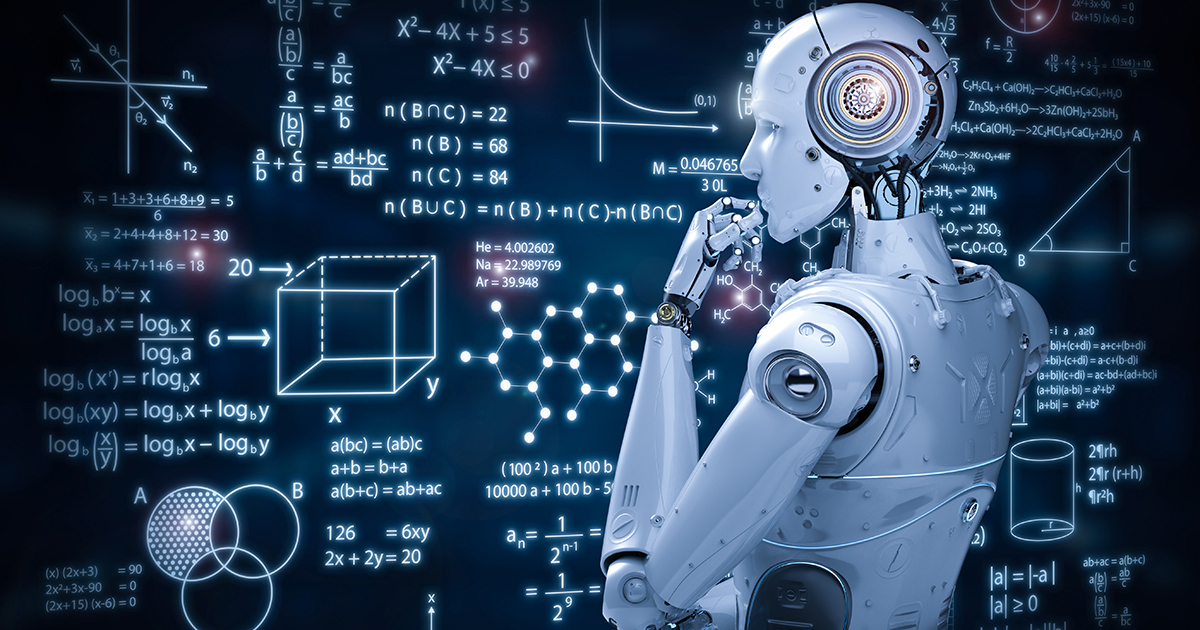Buzz Haven: Your Source for Trending Insights
Stay updated with the latest buzz in news, trends, and lifestyle.
Robots on the Rise: Are We the Trainers or the Trained?
Discover the fine line between training robots and being trained by them. Explore the future of AI and automation in our thought-provoking blog!
The Evolution of Robotics: From Tools to Trainers
The evolution of robotics has been a remarkable journey, transforming machines from simple tools to complex trainers capable of enhancing human abilities. In the early days, robots were designed primarily for repetitive tasks in manufacturing, performing jobs with precision but lacking autonomy. However, advancements in artificial intelligence and machine learning have allowed these machines to evolve, enabling them to adapt to various environments and interact more naturally with humans. This transition marked the beginning of a new era, where robots not only assist but also learn from their experiences, paving the way for their role as effective trainers and collaborators.
Today's robots are at the forefront of education and skill development, acting as trainers that provide personalized learning experiences. For instance, in fields such as healthcare and engineering, robotic systems are being utilized to train professionals through simulation and real-time feedback. Educational robotics is reaping the benefits of this evolution, where students can engage with robots that teach coding, mathematics, and science, fostering a deeper understanding of technology. As we look towards the future, the integration of robotics in training methodologies promises to revolutionize learning, emphasizing the importance of adaptability and innovation.

Are We Teaching Robots to Think? Exploring AI Training Methods
As we delve into the realm of artificial intelligence, one of the most intriguing questions arises: are we teaching robots to think? The answer lies in the complex training methods employed to develop AI systems. Modern AI, particularly in the realm of machine learning, utilizes extensive datasets to identify patterns and make predictions. This process involves various algorithms that mimic human cognitive functions, allowing robots to seemingly 'think' by analyzing and processing information.
One prevalent training method is reinforcement learning, where algorithms learn from interactions with their environment through a system of rewards and penalties. For example, a robot navigating a maze recognizes successful paths through positive reinforcement, gradually improving its decision-making abilities. Additionally, supervised learning plays a crucial role, where AI systems are trained on labeled datasets, allowing them to make informed predictions. As we continue to refine these methods, we inch closer to a future where robots not only execute tasks but demonstrate forms of cognitive processing.
The Future of Human-Robot Collaboration: Training in the Age of Automation
The era of automation has ushered in unprecedented opportunities and challenges in the realm of human-robot collaboration. As industries increasingly adopt automated systems, the need for robust training programs tailored to integrate human workers with robotic technologies becomes paramount. Companies must prioritize the development of educational frameworks that not only familiarize employees with robotic functionalities but also enhance their ability to work alongside these machines. Emphasizing hands-on training and interdisciplinary approaches will facilitate smoother transitions into automated environments, ensuring that the workforce remains adaptive and resilient in the face of technological change.
Looking ahead, the future of human-robot collaboration hinges on a holistic approach to training that encompasses various aspects of automation. This includes fostering skills in problem-solving, critical thinking, and emotional intelligence—attributes that robots currently lack. Moreover, organizations should invest in continuous learning opportunities that allow employees to update their skills in real-time as technology evolves. By embracing a culture of learning and adaptability, businesses can ensure that their teams are not only equipped to work alongside robots but also to thrive in an ever-changing landscape of automation.